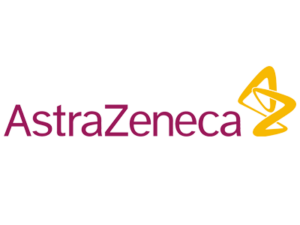Presented by Prof Dr Melanie Machiels (Iridium Network Antwerp – University Hospital Antwerp, Belgium)
During the second rapid fire session at SABCS, Prof Dr Melanie Machiels, radiation oncologist at the IRIDIUM network in Antwerp and associate professor at the Antwerp University Hospital, presented interim results of the randomised, phase III ULTIMO trial.
Since the publication of the FAST Forward study, it has become clear that an adjuvant treatment with 26 Gy of whole breast radiation therapy (WNBRT) given in 5 fractions after primary surgery for early breast cancer is non-inferior to a standard hypofractionated regimen of 3 weeks. However, this trial does not tell us what to do in patients with an indication for a boost to the lumpectomy cavity. To address this question, the randomised, non-inferiority, phase III ULTIMO trial compares the safety of an ultrahypofractionated (UHF) boost (1x 6Gy boost) to a conventional boost (5x 2Gy boost). The primary endpoint of the study consists of the cosmetic outcome at 3 years assessed using the BCCT.core software.
In total, the study enrolled 132 patients with a median age of 61 years. Overall, 45% of patients in the study was 60 years or younger and about half had a luminal A molecular subtype. At baseline, significantly more patients in the UHF group rated their post-surgery cosmetic outcome as being worse (p= 0.021). At one-year, 75% of patients in the CF group vs. 67% in the UHF group indicated to be very to reasonably satisfied with the treated breast. After adjusting for baseline imbalances, the analysis did not reveal a significant change in cosmetic outcome from baseline to 1-year post-radiotherapy between the 2 study arms. In addition, only a very low rate of high-grade (grade ≥3) late adverse events was reported. Furthermore, the rate of grade 1/2 and grade 3 late normal tissue effects did not differ significantly between the two groups.
In conclusion, an ultrahypofractionated single sequential boost dose of 6 Gy resulted in similar changes in cosmetic outcomes and late normal tissue effects at 1-year post-radiotherapy than a conventionally fractionated sequential boost dose of 10 Gy in 5 fractions. However, the mature 3-year results of the study have to be awaited before making definitive conclusions.
References:
Machiels M., et al. SABCS 2024, Abstract RF2-04.
Made possible with the financial support of our partners.
All videos are developed independently and are non-promotional.


